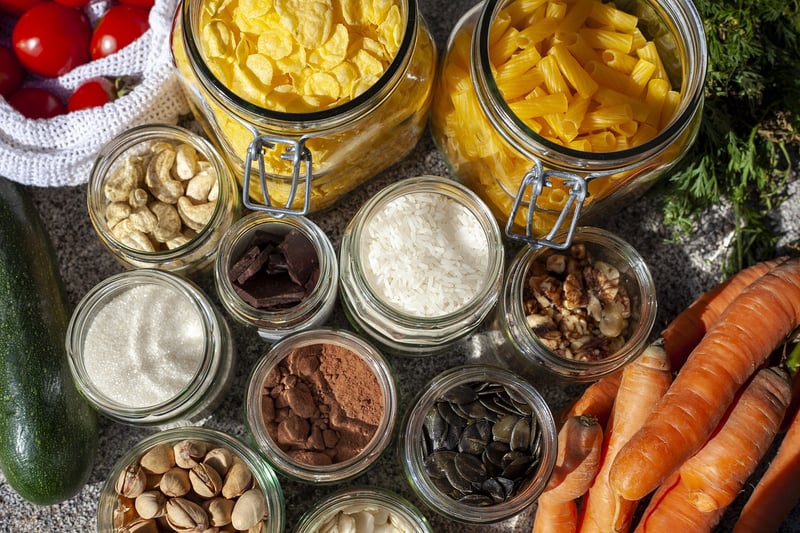Zero-Waste Cooking
The Future of Sustainable Cooking: Zero-Waste Innovations
In today's world, where sustainability is becoming an increasingly crucial issue, the way we cook and manage food waste plays a significant role in reducing our environmental impact. Zero-waste cooking is a sustainable approach that aims to utilize all parts of ingredients, minimize food waste, and make environmentally conscious choices in the kitchen.
1. Composting Solutions
Composting is an essential aspect of zero-waste cooking. By composting food scraps, you can create nutrient-rich soil for your garden. Innovations in composting technologies, such as indoor compost bins and worm composting systems, make it easier for home cooks to reduce waste and promote sustainability.

2. Root-to-Stem Cooking
Root-to-stem cooking is a trend that focuses on using all parts of fruits and vegetables, including stems, leaves, and peels. By incorporating these often discarded parts into recipes, you can reduce food waste and maximize the nutritional value of your meals. Creative recipes and cooking techniques can help home cooks embrace root-to-stem cooking.

3. Reusable Kitchen Products
Switching to reusable kitchen products like silicone storage bags, beeswax wraps, and stainless steel containers can significantly reduce single-use plastic waste in the kitchen. These eco-friendly alternatives promote sustainability by eliminating the need for disposable items and reducing overall environmental impact.

4. Community Initiatives
Joining community initiatives like food sharing programs, community gardens, and local farmers' markets can create a network of support for sustainable cooking practices. These initiatives foster a sense of community while promoting the values of zero-waste cooking and environmentally friendly food choices.

Embracing zero-waste cooking not only benefits the environment but also encourages creativity in the kitchen and fosters a deeper connection to the food we eat. By incorporating sustainable practices and innovative solutions, we can pave the way for a more sustainable future.
